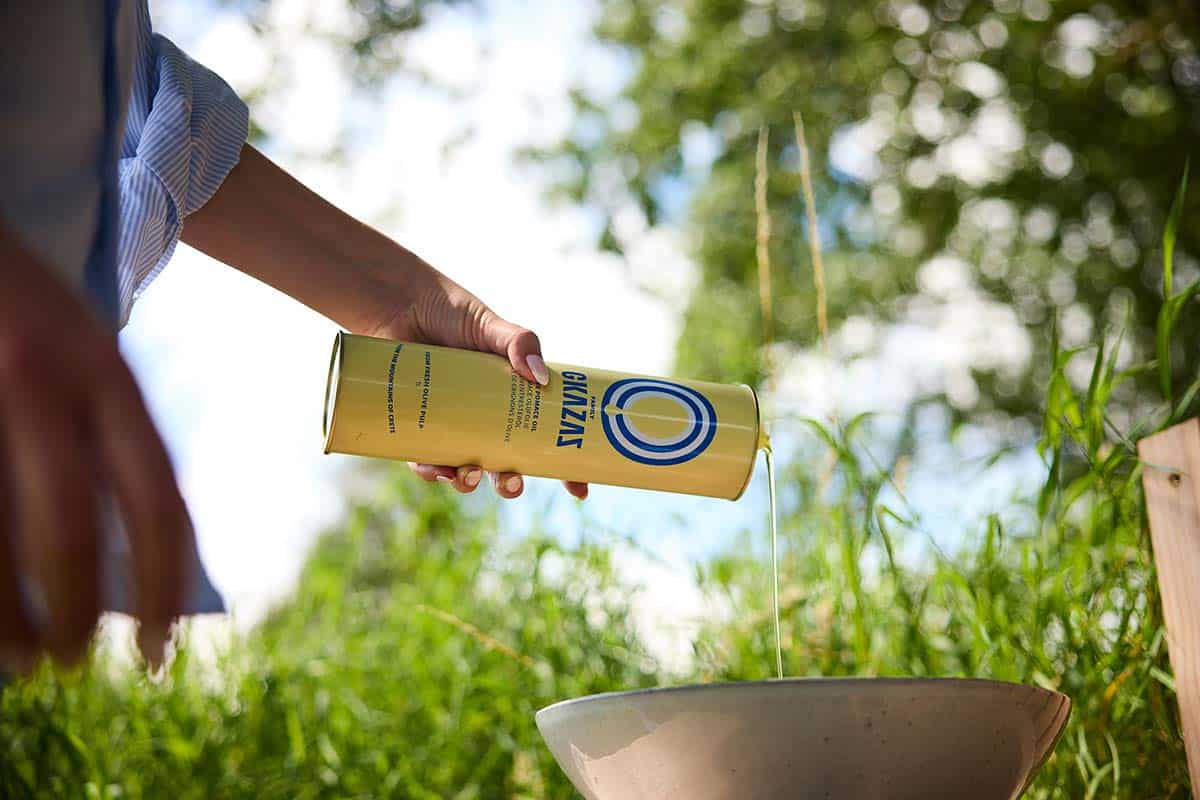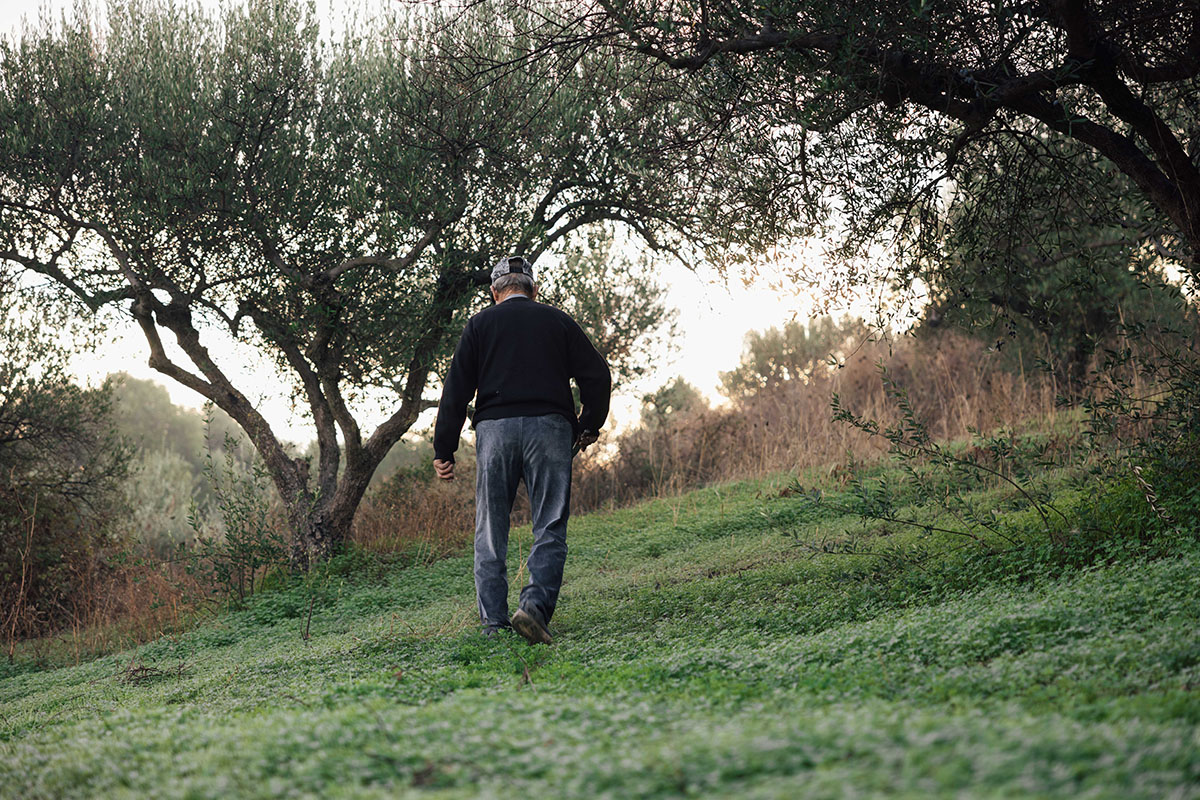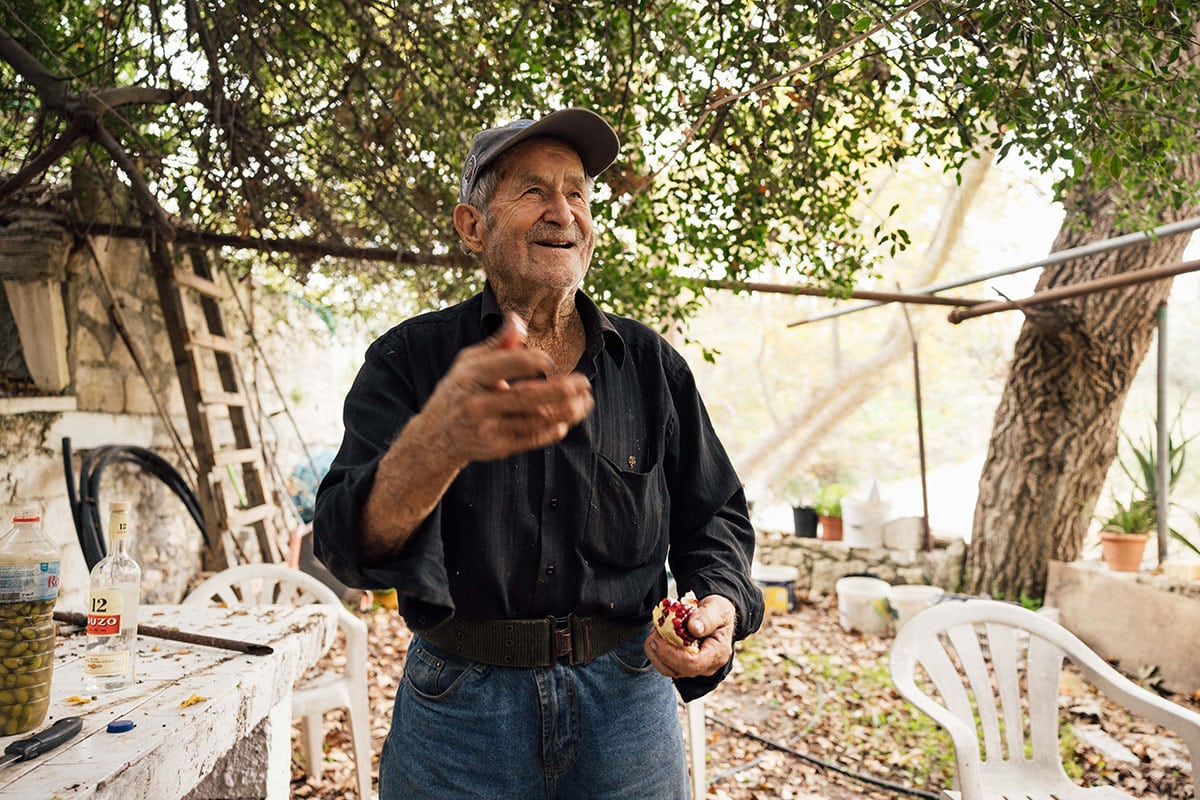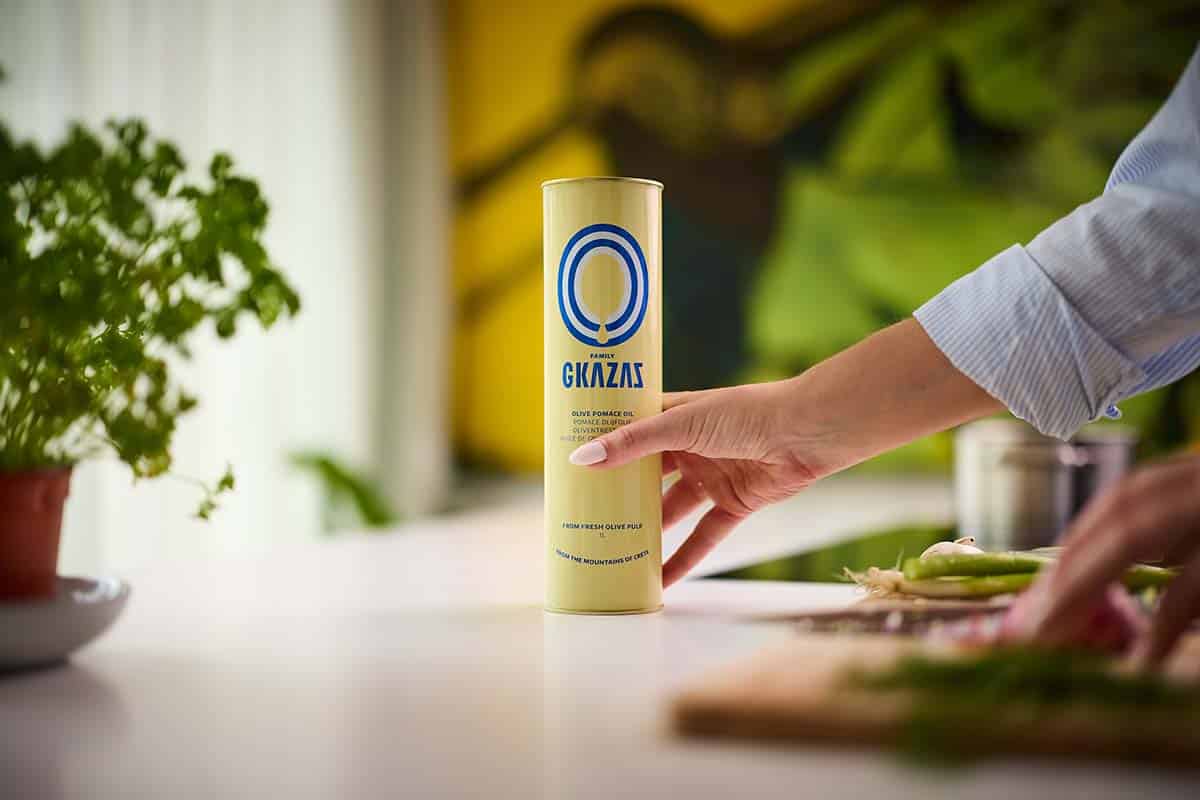Pomace olive oil is on the rise. You’re seeing it more and more. With the increasing olive oil prices and the fact that this type of olive oil has a more affordable price point, that’s no surprise. But of course, you don’t want to base your choice solely on economic factors. That’s why we’re here to help by looking at which is the healthiest choice and what you can use each oil for. Pomace olive oil versus coconut oil, sunflower oil, and canola/rapeseed oil, let’s go!
Pomace olive oil, a quick introduction
There are several types of olive oil, and pomace olive oil is one of them. This type is made from olive pulp. After pressing our (organic) extra virgin olive oil, a fresh pulp remains. We produce our pomace olive oil from this pulp in a natural way.

Want to know more? You can read how pomace olive oil is made, what makes for a good pomace olive oil, and most importantly for this article: whether pomace olive oil is healthy.
Pomace olive oil versus other oils
We’ve explored this kind of oil battle before, by looking at extra virgin olive oil versus sunflower oil, coconut oil, and canola oil. We measure health using these essential factors: fats, antioxidants, vitamins, the five food groups (as defined by the Dutch Nutrition Centre), and the nutritional health score. We also explore culinary applications based on taste and smoke point. For full details, check the article linked above—below is a super concise summary:

Monounsaturated and polyunsaturated unsaturated fats are healthy fats that help in various ways: they’re good for cholesterol, help prevent cardiovascular disease, and support weight loss. Other fats like saturated and trans fats are not considered healthy and can negatively impact your health.
Antioxidants include vitamins E and C, beta-carotene, glutathione, selenium, zinc, and bioactive compounds like flavonoids. All of these support good health and are included in our comparison.
The Dutch Nutrition Centre’s five food groups and the nutritional health score also factor in. The health score is determined via a representative study among 1,200 consumers. Both are relevant to our analysis.

Lastly, we look at how oils are used in cooking. Flavor—whether strong or neutral—matters. So does the smoke point, or the temperature at which the oil starts to burn. Cooking with pomace olive oil is ideal above 207°C. If oil starts smoking, it’s essentially burning, which is obviously not good! Alright, let’s dive into pomace olive oil versus the rest!
Pomace Olive Oil
Is pomace olive oil healthy? This in-depth article from Olive Oil Times cites various scientific studies to answer that question. The oil contains plenty of unsaturated fats (about 75%) and is high in polyphenols (a type of antioxidant). A key note: it must be produced in a natural and quality-preserving way.

Pomace olive oil is included in the five food groups. Its health score is hard to pinpoint—olive oil in general scores an 8.3. For pomace olive oil, we estimate it somewhere between a 7 and 8.
Because of the production process, pomace olive oil has a milder flavor. Extra virgin olive oil adds more taste to dishes, while pomace olive oil is a great option for frying and sautéing. Its smoke point? A solid 260°C, making it perfect for high-heat cooking. Want to try our pomace olive oil? You can now find it at Albert Heijn.
And what about pomace olive oil versus extra virgin olive oil? We personally use extra virgin for cold dishes—think bread, salads, and sauces. It’s richer in flavor and packed with nutrients like vitamins, minerals, polyphenols and antioxidants. You can also cook with it up to 207°C. Want to try our pomace oil? It’s available in a handy 1-liter tin at Albert Heijn or in a 5-liter tin via our webshop.
Curious to learn more? Don’t miss our articles: What is good pomace olive oil?, Is pomace olive oil healthy?
In short: the choice is yours. Let’s move on to pomace olive oil vs. coconut oil.
















